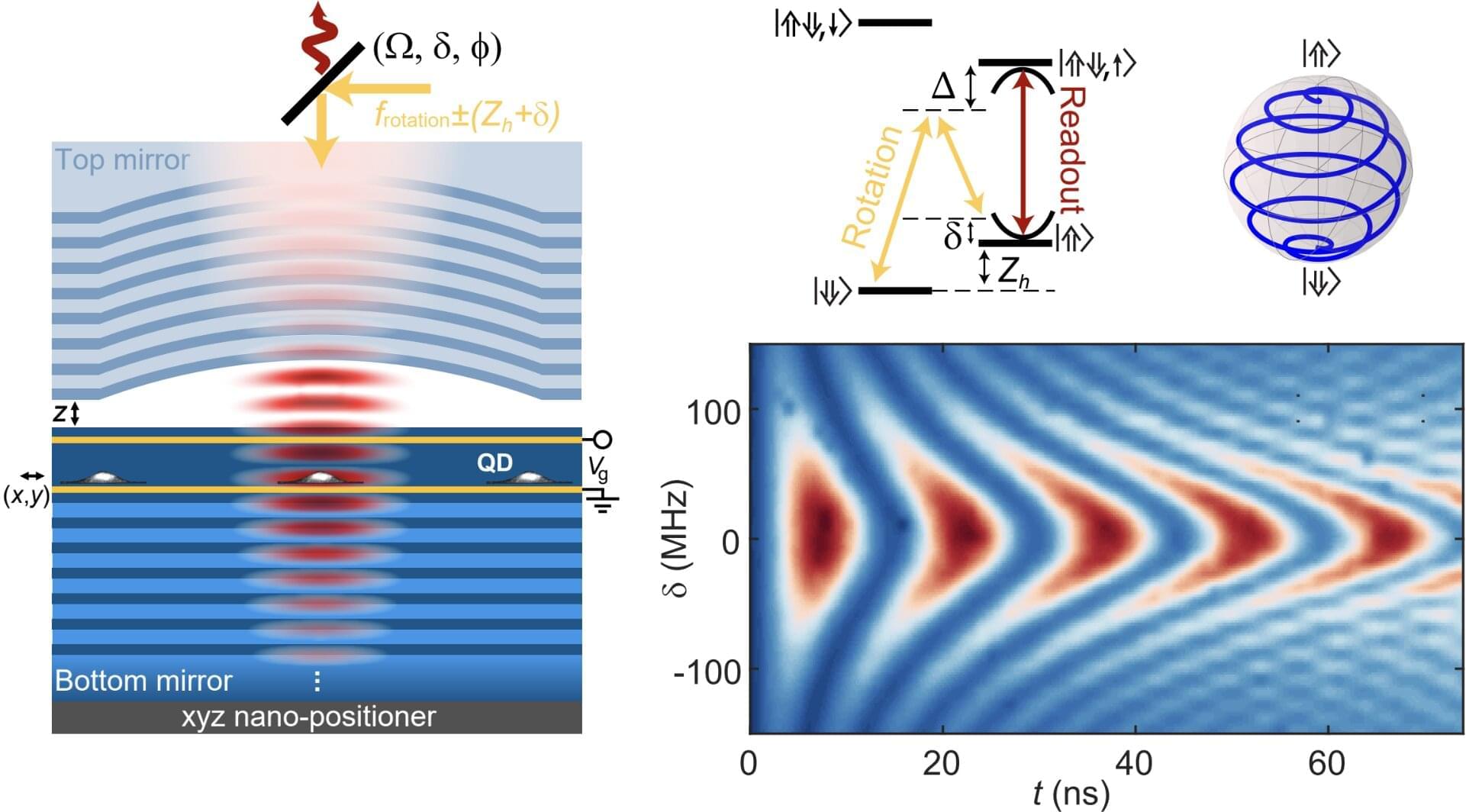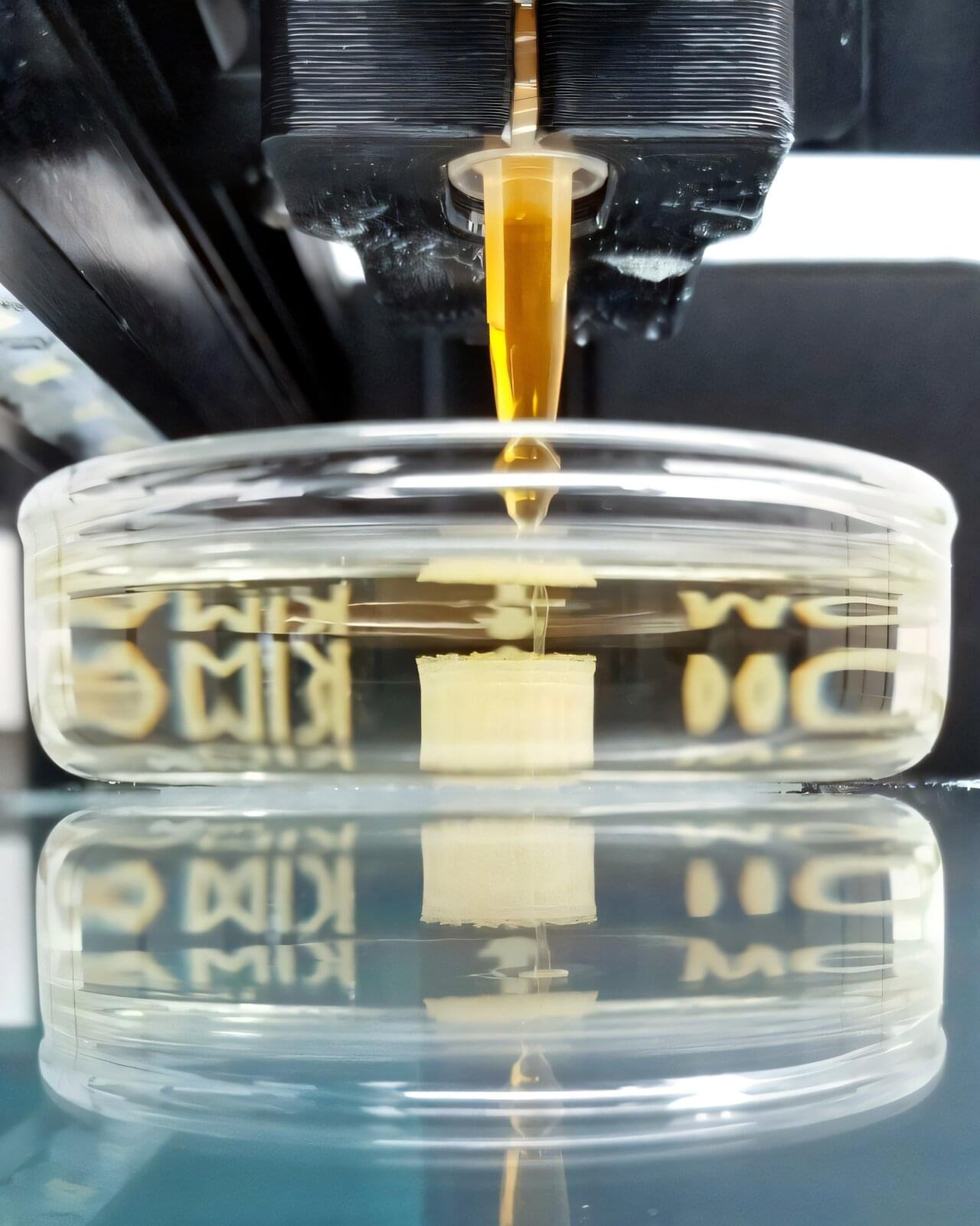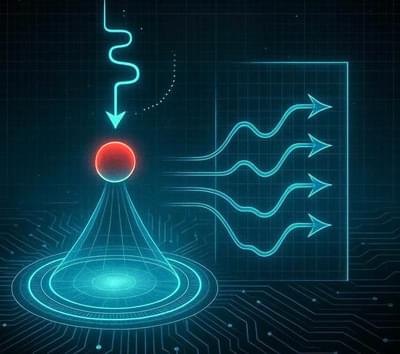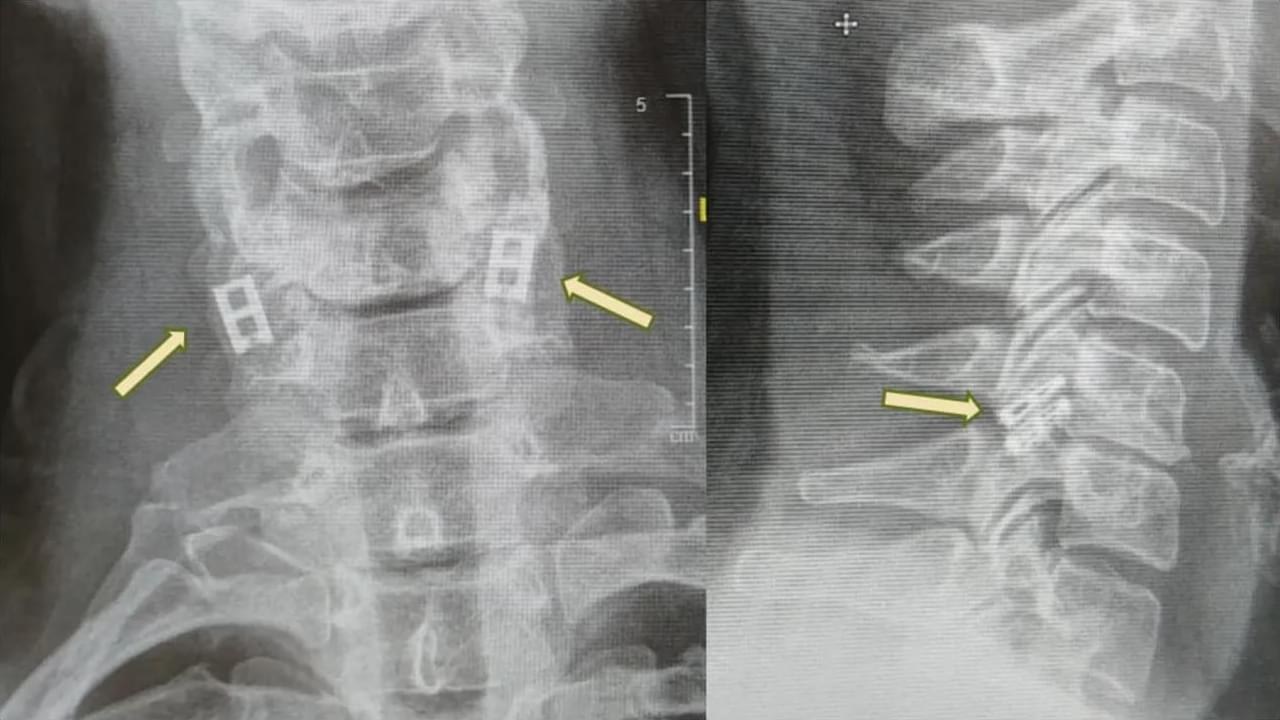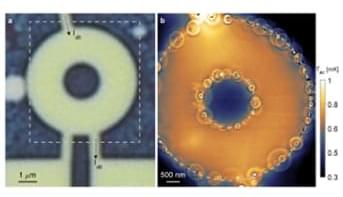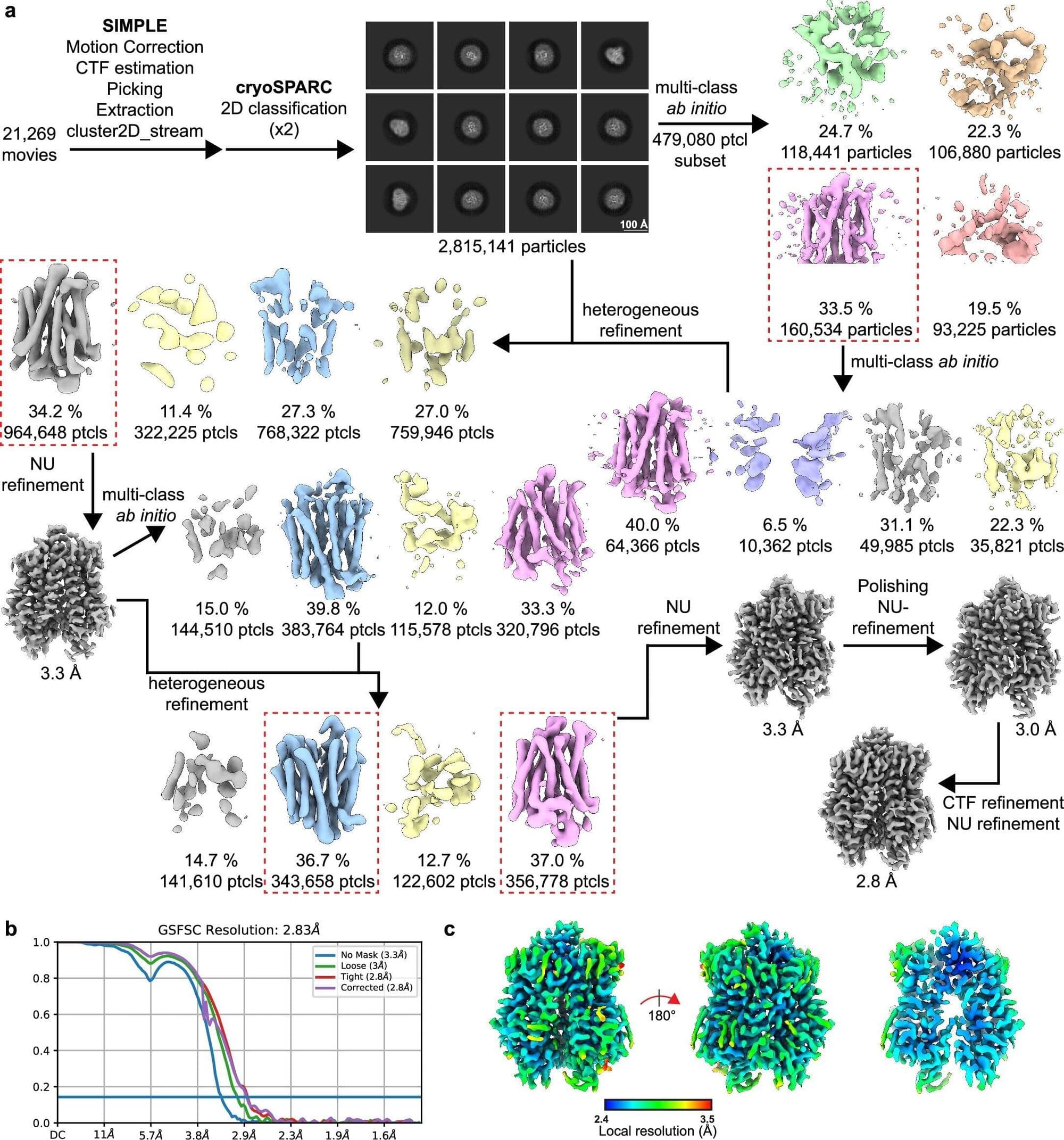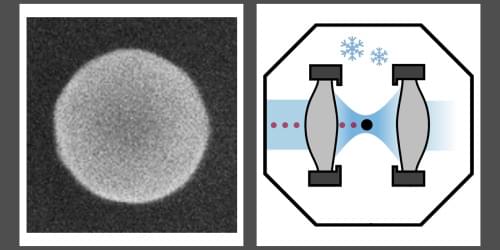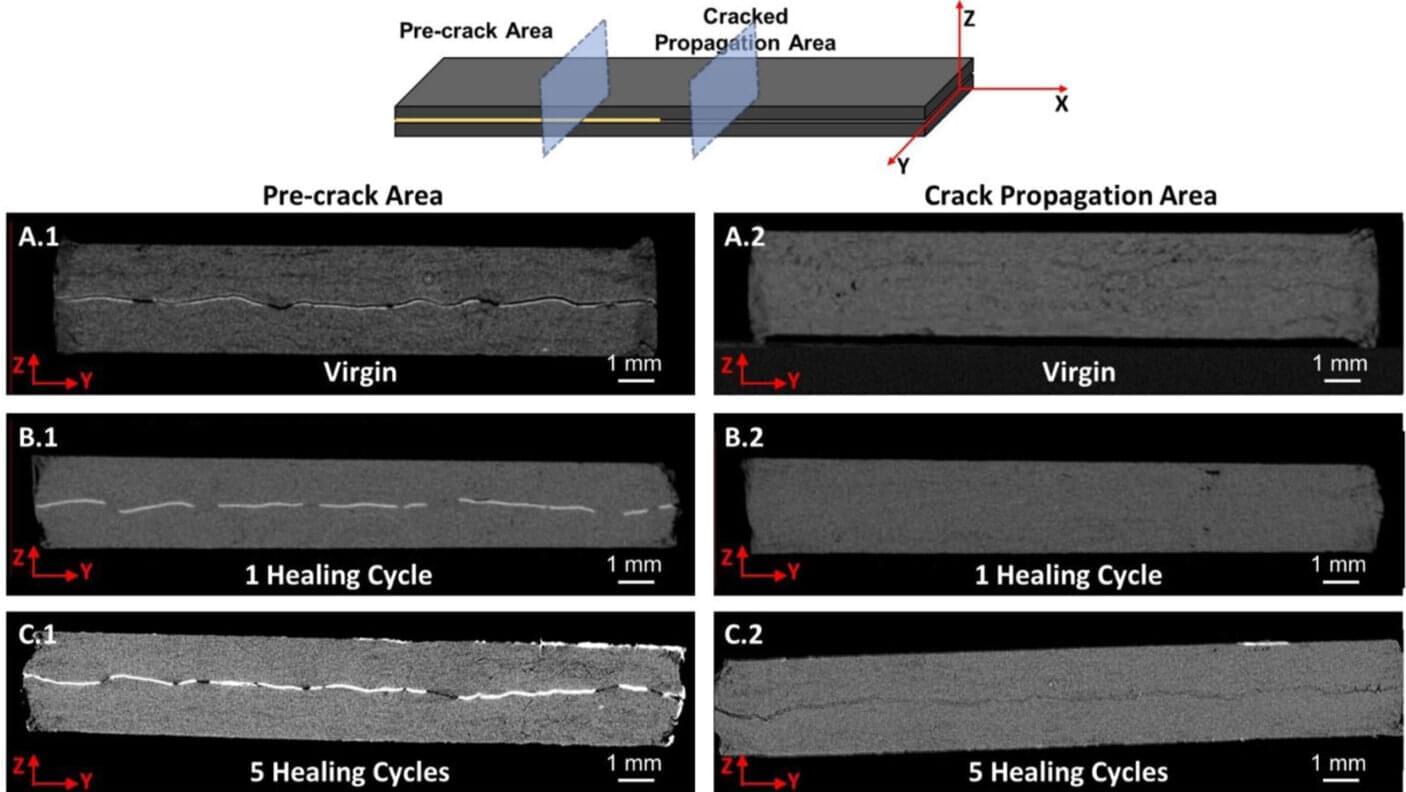Quantum technologies, devices that work by leveraging quantum mechanical effects, could outperform classical technologies in some fields and settings. The so-called spin (i.e., intrinsic angular momentum) carried by quantum particles is central to the functioning of quantum systems, as it can store quantum information.
To reliably share quantum information across a network, however, spins need to be linked to photons (i.e., particles of light). For decades, engineers and quantum physicists have thus been trying to devise approaches to interface spins and photons.
One strategy to achieve this entails the use of quantum dots, nanoscale semiconductor structures that can trap electrons or holes in distinct energy levels. When placed in carefully engineered optical resonators known as microcavities, these structures can generate individual photons. Nonetheless, ensuring that the coherence of spins is not disrupted by magnetic noise originating from nearby nuclear spins and thus facilitating the preservation of quantum information over time has so far proved challenging.
